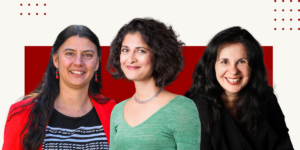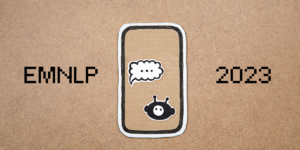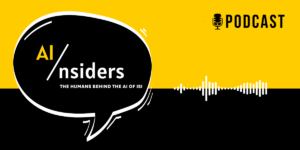
Image Credit: iStock
The USC Information Sciences Institute, a research unit of the USC Viterbi School of Engineering, will lead a project to identify objective hallmarks of depression and suicidal ideation in order to support clinical screening. The four-year project, supported by the Defense Advanced Research Projects Agency (DARPA), will use modern technology to identify and interpret objective neural and physiological signal biomarkers that can support screening of “preconscious signals” of mental and behavioral health risk factors.
How can we make sure we don’t miss the signs of untreated depression? To date, say the researchers, “there is no system to predict psychological health risk factors with objective neuro and biobehavioral signals.” This new project is inspired by the need to support service members, veterans, and the broader public, which has seen an increase in mental health challenges. According to a recent Center for Disease Control report, there were over 47,000 suicides in the United States in 2021 alone. Moreover, the incidence of depression has increased by over 25 percent since COVID, according to the World Health Organization.
Led by USC University Professor Shri Narayanan, the project named PRECOG, will bring together an interdisciplinary team of researchers from USC and UCLA. At USC, beyond the Information Sciences Institute (including researchers Kristina Lerman and Emilio Ferrara), the project will include the USC Viterbi School’s Department of Electrical and Computer Engineering (Richard Leahy and Paul Bogdan), the Brain and Creativity Institute and the Departments of Psychology and Linguistics of the USC Dornsife College of Letters, Arts and Sciences (Dani Byrd, Antonio Damasio and Assal Habibi), and the Keck School of Medicine Departments of Psychiatry and Behavioral Sciences (Rael Cahn). From UCLA, Idan Blank from the departments of psychology and linguistics, will participate.
The team will bring together and advance interdisciplinary methods from neuroscience, linguistics, multimodal sensing and processing of human brain and body signals, and human-centered machine learning and computational behavioral methods to better understand what is happening at the preconscious and conscious levels in the brain and body. The ultimate goal is to develop automated screening tools to help clinicians apply precision medicine that can address each individual’s unique mental health situation.
This is not the first mental health-oriented project that Narayanan has led. Narayanan, a professor of electrical and computer engineering and computer science, who has joint appointments in linguistics, psychology, and neuroscience at USC, previously worked to apply signal processing to analyze the interactions between therapists and patients in order to assess the quality of therapy and to help therapists be more empathetic and effective. In addition, he and a team of researchers conducted a longitudinal study using sensors, signal processing, and AI to understand the stress and well-being of on-duty healthcare practitioners such as nurses and medical residents. Narayanan also previously worked with psychiatrists at UCLA on a project to create software to automatically analyze natural spoken language samples of patients with major depressive disorders to track health status and help determine ongoing intervention, e.g., if medication dosage needed adjusting.
“People react to all stimuli––including language input––but that is mediated by a number of factors, including their mental and physical health status. The big open scientific question is looking at how these differential signal responses unfold in an affect-sensitive way and how we can causally relate them to the underlying ‘hidden’ mind state. While the state of the art in mental health screening relies heavily on self-reports or interviews, the possibilities of empowering clinicians with additional biosignal measures is truly inspiring,” said Narayanan.
The USC PRECOG team aspires to contribute to scalable, broadly accessible, and objectively grounded measures identifying mental health risk factors for helping people when and where needed.
Published on July 11th, 2023
Last updated on October 1st, 2024













